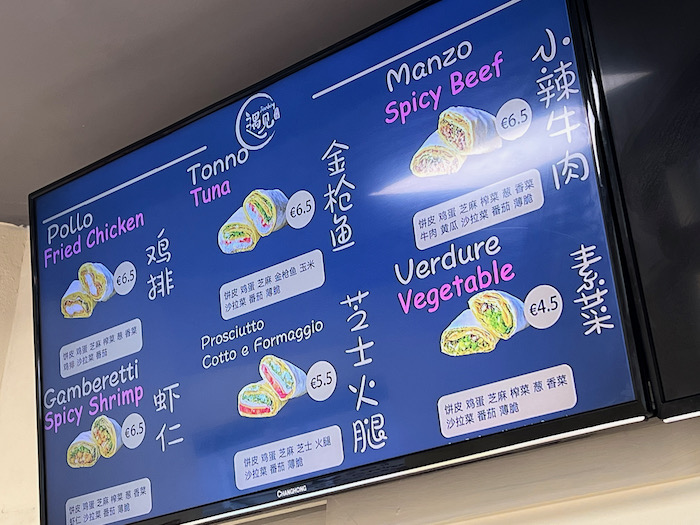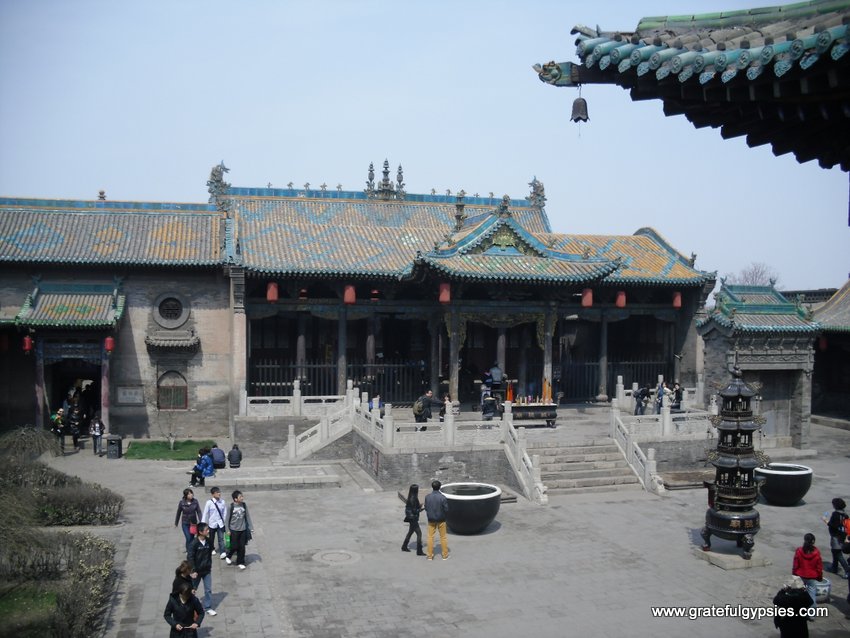Beijing is a massive, sprawling city that’s home to over 20 million people. As such, it can be an overwhelming place to explore. Having spent half a decade calling the city home, I’m here to help you plan a trip to the Chinese capital. In this post, I’ll share my advice for how to spend a perfect day (完美的一天 wánměi de yītiān) in Beijing.
Morning (早上 zǎoshang)
The early bird gets the worm (早起的鸟儿有虫吃 zǎoqǐ de niǎo er yǒu chóng chī). This is a great phrase to take to heart when plotting a day in Beijing. It’s worth suffering through the early alarm clock to get out there before the worst of rush hour (高峰时间 gāofēng shíjiān). Unless you enjoy being crammed like a sardine in a subway car, it’s best to avoid public transport for those couple of hours.
Getting out early means you can take part in a time-honored Beijing tradition – the flag-raising ceremony (升旗仪式 shēngqí yíshì) in Tiananmen Square (天安门广场 tiān’ānmén guǎngchǎng). It happens at sunrise, so once it’s finished you’ve got plenty of morning left to explore this corner of the city.
Another option is the Temple of Heaven (天坛 tiāntán). It’s a popular place to come do morning exercise and there’s not as big of a crowd as there is for the flag-raising ceremony. You still get to see one of the most iconic places in China to start your day, which is pretty awesome.
After leaving the square, it’s worth it to take a stroll along Qianmen Street (前门大街 qián mén dà jiē). This famous pedestrian street is now a tourist attraction and home to international brands like Starbucks. The real fun here is tucking down the random alleyways, known as hutong (胡同 hútòng) in Chinese.
While many have been torn down in the name of progress in recent years, it’s still possible to find hutong where life goes on much as it did hundreds of years ago. Pop into a local restaurant for a breakfast of steamed stuffed buns (包子 bāozi) and some soybean milk (豆浆 dòujiāng) before moving on.
Afternoon (下午 xiàwǔ)
One of the best ways to soak up the local culture (当地文化 dāngdì wénhuà) in Beijing is by heading to one of the city’s many parks. One of my personal favorites is Jingshan Park (景山公园 jǐngshān gōngyuán). You’ll see people here doing tai chi (太极 tàijí), flying kites, practicing water calligraphy, and much more.
Best of all, you get a panoramic view of the Forbidden City (紫禁城 zǐjìnchéng) from the top of the hill without bothering with the long lines and huge crowds. On a rare clear day, it’s hard to beat the view of Beijing from atop this hill.
Right next door is the tranquil Bei Hai Park (北海公园 běihǎi gōngyuán), a former imperial garden. The name means “North Lake,” and while I’d consider it more of a pond, it’s still a pleasant place to visit. You can rent a paddleboat here to enjoy a spin around the lake and check out the impressive White Dagoba.
All of that walking is sure to leave you hungry. You don’t have to go far to find a delicious, cheap lunch in this part of the city. I always love a good plate of dumplings (饺子 jiǎozi) and you can’t go wrong with a big bowl of hand-pulled beef noodles (牛肉拉面 niúròu lāmiàn).
Evening (晚上 wǎnshàng)
One of the best ways to enjoy the sunset (日落 rìluò) in Beijing is by walking around the Hou Hai area. If you didn’t get a boat at Bei Hai, definitely get one here and paddle around as you watch the sun go down and the neon lights come on. Then promptly get out of there before all the bars in the area turn their music up to an obnoxiously loud level.
It’s time for a drink, but not a lukewarm bottle of Yanjing. Instead, head to local craft beer establishment Great Leap Brewing (大跃啤酒 dà yuè píjiǔ). They were the first on the now-booming craft beer scene in the Chinese capital and now have several locations to choose from.
A few pints of this stuff will surely leave you with an appetite. When one is trying to plan a perfect day in Beijing, the only reasonable option is the imperial bird. I’m talking, of course, about Beijing roast duck (北京烤鸭 běijīng kǎoyā).
There are tons of restaurants cooking the city’s famous fowl, but my personal recommendation goes to Da Dong (大董 dà dǒng). Not only are their ducks crispy and perfect here, but their menu is impressive with tons of classic and innovative Chinese dishes. Your taste buds are in for a real treat when you dine here!
If you’re not in too big of a food coma after that dinner, there are plenty of bars and clubs to choose from. My favorite areas for nightlife are Nanluoguxiang (南锣鼓巷 nán luógǔ xiàng) and Sanlitun (三里屯 sānlǐtún), although I’ve heard both have changed quite a bit since my time in Beijing. If you make it to either place to party it up, please report back and let me know how it is.
There you have it – a perfect day in Beijing. I miss that crazy, polluted, overcrowded mess of a city sometimes. It’s not the easiest place to visit, but it sure is a fascinating one! Leave any comments or suggestions you may have for a perfect day in Beijing in the comments. We’d love to hear them!
The post A Perfect Day in Beijing first appeared on Chinese Language Blog.


















